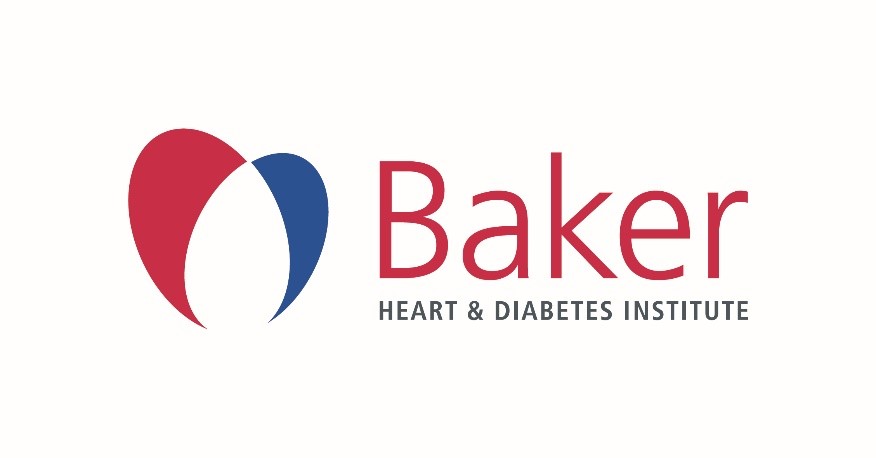Multi-Omic analyses characterize the ceramide/sphingomyelin pathway as a therapeutic target in Alzheimer's disease.
Priyanka Baloni; Matthias Arnold; Luna Buitrago; Kwangsik Nho; Herman Moreno; Kevin Huynh; Barbara Brauner; Gregory Louie; Alexandra Kueider-Paisley; Karsten Suhre; Andrew J Saykin; Kim Ekroos; Peter J Meikle; Leroy Hood; Nathan D Price; ; P Murali Doraiswamy; Cory C Funk; A Iván Hernández; Gabi Kastenmüller; Rebecca Baillie; Xianlin Han; Rima Kaddurah-Daouk
Abstract
Dysregulation of sphingomyelin and ceramide metabolism have been implicated in Alzheimer's disease. Genome-wide and transcriptome-wide association studies have identified various genes and genetic variants in lipid metabolism that are associated with Alzheimer's disease. However, the molecular mechanisms of sphingomyelin and ceramide disruption remain to be determined. We focus on the sphingolipid pathway and carry out multi-omics analyses to identify central and peripheral metabolic changes in Alzheimer's patients, correlating them to imaging features. Our multi-omics approach is based on (a) 2114 human post-mortem brain transcriptomics to identify differentially expressed genes; (b) in silico metabolic flux analysis on context-specific metabolic networks identified differential reaction fluxes; (c) multimodal neuroimaging analysis on 1576 participants to associate genetic variants in sphingomyelin pathway with Alzheimer's disease pathogenesis; (d) plasma metabolomic and lipidomic analysis to identify associations of lipid species with dysregulation in Alzheimer's; and (e) metabolite genome-wide association studies to define receptors within the pathway as a potential drug target. We validate our hypothesis in amyloidogenic APP/PS1 mice and show prolonged exposure to fingolimod alleviated synaptic plasticity and cognitive impairment in mice. Our integrative multi-omics approach identifies potential targets in the sphingomyelin pathway and suggests modulators of S1P metabolism as possible candidates for Alzheimer's disease treatment.
| Journal | COMMUNICATIONS BIOLOGY |
| ISSN | 2399-3642 |
| Published | 08 Oct 2022 |
| Volume | 5 |
| Issue | 1 |
| Pages | 1074 1074 |
| DOI | 10.1038/s42003-022-04011-6 |
| Type | Journal Article | Research Support, U.S. Gov't, Non-P.H.S. | Research Support, N.I.H., Extramural | Research Support, Non-U.S. Gov't |
| Sponsorship | NHMRC: 1157607 |


